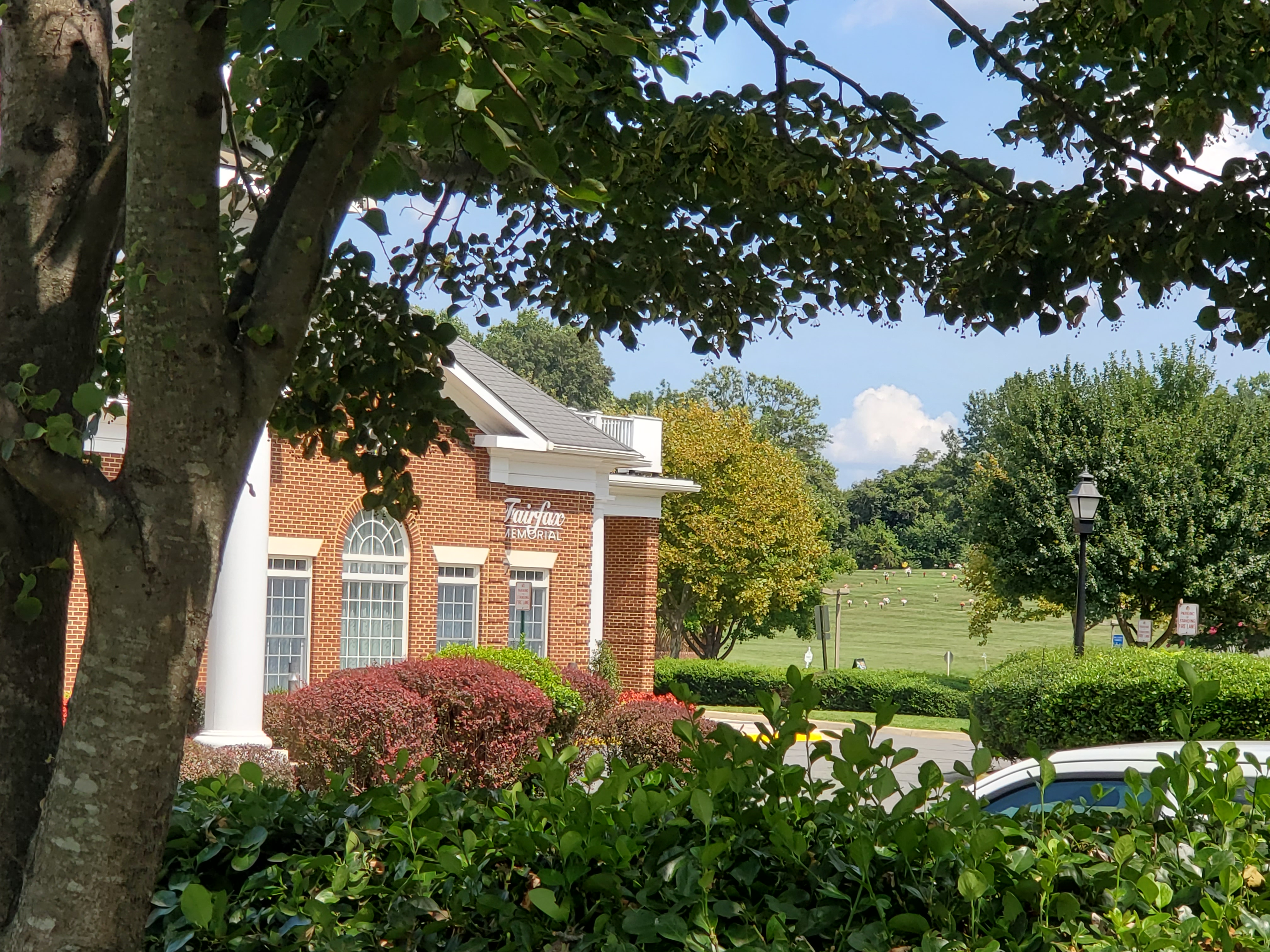What is cremation?
Cremation is not final disposition of the remains, nor is some type of funeral service. Rather, it is a process of reducing the human body to bone fragments using high heat and flame.
How long does the actual cremation take?
It depends on the weight of the individual. For an average size adult, cremation takes from 3 to 4 hours at normal operating temperature between 1,650 degrees F to 2,000 degrees F.

What happens after the cremation is complete?
All bone fragments, which are very brittle, as well as inorganic metal items are swept into the front of the cremation chamber and into a stainless steel cooling pan. All non-consumed items, such as metal from clothing, artificial joints, and dental implants, are separated from the cremated remains. This separation is accomplished through visual inspection as well as using a strong magnet for smaller and minute metallic objects. Items such as dental gold and silver are non-recoverable and are commingled in with the cremated remains. Remaining bone fragments are then processed in a machine to a consistent size and placed into a temporary or permanent urn, selected by the family.
What do the cremated remains look like?
Cremated remains resemble coarse sand and are whitish to light grey in color. The remains of an average size adult usually yield between four to eight pounds of cremated remains.

In what kind of container are the cremated remains returned?
The cremated remains are placed in a basic container at no charge to you. Or they may be placed in the urn of your choice from our large selection of urns available for purchase.
Are all the cremated remains returned?
With the exception of minute and microscopic particles, which are impossible to remove from the cremation chamber and processing machine, all of the cremated remains are given back to the family.
What can be done with the cremated remains?
There are many options. Remains can be buried in a cemetery lot or cremation garden, inurned in a columbarium, kept at home, or scattered on private property. Our staff will be happy to discuss these options with you and make any arrangements.
Concerns About Cremation
Are there any laws governing cremation?
Cremation regulations vary from state-to-state.
Can multiple cremations be conducted simultaneously?
Never. Not only is it illegal to do so, most modern cremation chambers are not of sufficient size to accommodate more than one adult. Thus it would be a legal as well as a practical impossibility to conduct multiple cremations simultaneously.
Can the family witness the cremation?
Yes. Our state-of-the-art cremation facility is set up to allow family members to be present when the body is placed into the cremation chamber. In fact, some religious groups include this as part of their funeral custom.
How can I be sure I receive the correct remains?
We have developed the most rigorous set of operating policies and procedures in order to elimate human error. Positive identification of the deceased is assured throughout each stage of the cremation process. We only allow certified professionals to operate our cremation equipment.
Questions About Urns, Caskets Embalming
Do I need an urn?
An urn is not required by law. However, an urn may be required if the cremated remains are to be interred in a cemetery. If an urn is not selected, the cremated remains will be returned in a temporary plastic container.

Is a casket needed for cremation?
No, a casket is not required for a direct cremation. An alternative container that meets state law requirements may be used. For certain circumstances, such as a public visitation or funeral service, a cremation casket may be necessary.
Is embalming required prior to cremation?
Except in certain special cases, embalming is not required by law. Embalming is NOT required for a direct cremation. However, if you select certain funeral arrangements such as a funeral with viewing, embalming may be necessary.
Can the body be viewed without embalming?
Yes, immediate family members may briefly view/identify the deceased prior to cremation. However, under certain circumstances embalming may be required, such as a public visitation.

